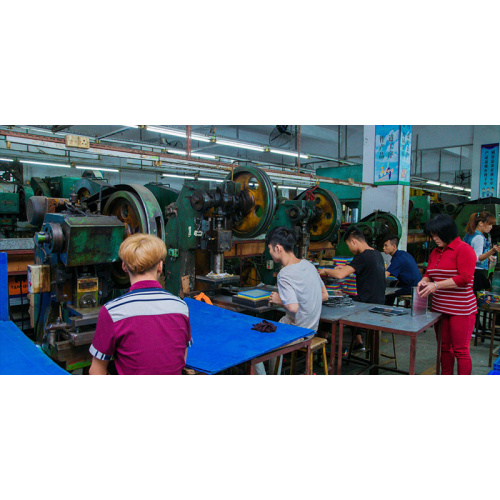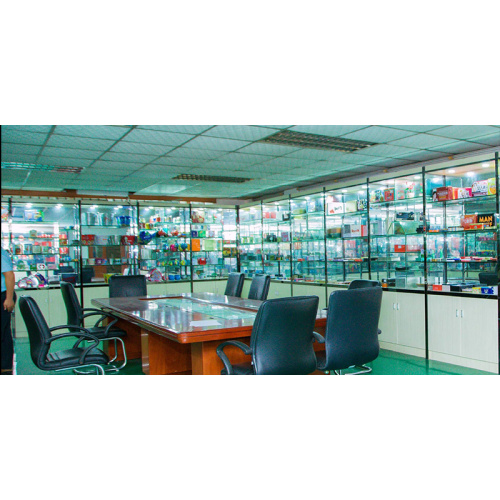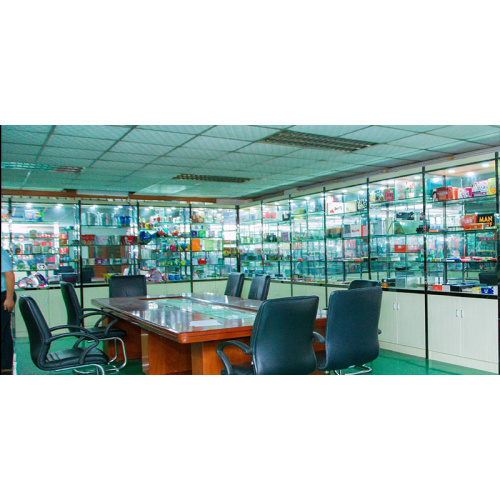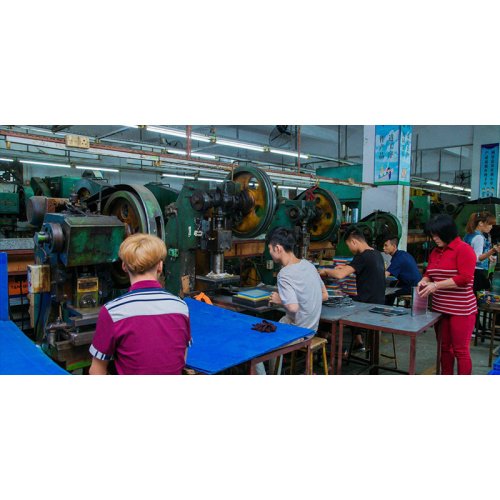Metal is an important Packaging material and plays a very important role in packaging. Metal printing is different from ordinary paper and plastic printing, and has its own printing characteristics. There are special requirements on the ink materials used.
1. Metal Printing Coatings, Varnishes
Reasonable selection of coatings and varnish is the key to the quality of metal printing products. Reasonable selection of paints and varnish is a prerequisite for ensuring that metal printing products have good firmness, color, whiteness, gloss and processing suitability. According to different uses, metal printing coatings can be divided into primer paint, white paint, coating oil, inner wall paint, side seam paint and so on. Edge seam coating can be divided into inner edge seam coating and outer edge seam coating. After the inner edge seam coating is dry, it must meet the requirements of food hygiene.
2. Metal printing ink
Metal printing ink is a kind of special ink printed on Tinplate and other metal thin plates. It is mainly composed of pigment, binder, filler and auxiliary agent.
In addition to the printability of general offset printing inks, metal printing inks should also have the following characteristics:
(1) Strong impact resistance and adhesion. In the post-printing process, metal materials such as tinplate must be subjected to cutting, bending, impact, seaming and other canning processes, so the ink layer should have sufficient adhesion so that the printed tinplate can withstand the stamping of the mold. And has excellent mechanical processing properties (including flexibility, surface hardness and impact strength, etc.). At the same time, the ink layer is required to have a good lipophilicity so that it can be well combined with the varnish to ensure that the tinplate has a certain adhesion with the ink layer and the varnish.
(2) firm and hard. In the canning process, the printed tinplate stamps will inevitably collide with each other, and the cut tinplate is very sharp, which can easily damage the pattern on the metal surface and cause the ink layer to fall off. Therefore, the ink layer is required. Firm and hard.
(3) Heat resistance. In the drying process, the prints must be heated and dried at a certain temperature and time. Therefore, heat-resistant pigments and binders should be selected so that the ink does not yellow easily after heating.
(4) Solvent resistance. In order to make the appearance of metal printing products, improve the hardness, to prevent damage caused by friction, need to be treated. The varnish contains a large number of strong solvents, requiring the dried ink layer not to change color, expand, or shrink.
(5) Lightfastness. The metal container requires no change in the color of the pattern in daylight and light.
(6) Retort resistance. Some metal cans are boiled for sterilization or heating prior to drinking. Therefore, the ink layer is required to be free from discoloration, staining, bubbles, and loss of light after being exposed to steam.
Due to the impermeability of the surface of the metal printing material, dot gain tends to occur. Compared with paper printing inks, metal printing lithographic offset printing should use high viscosity inks. The metal surface is a non-absorbent surface. Too much of the wetting water on the plate surface tends to cause emulsification of the ink. Therefore, the water and ink balance on the plate surface should be achieved by controlling the thickness of the water film and the amount of ink on the plate surface.
In the metal printing, in order to improve the adaptability of the post-printing processing and impart a certain degree of glossiness to the surface of the print, the glazing treatment (post-press coating) should be performed before the printing ink is not completely dried to form a uniform and smooth coating. Membrane, to avoid bleeding. At the same time, the metal printing ink should have a certain hardness and toughness, can not change its properties when repeated heating, the base color coating and coating oil should have good adhesion.
Reproduced from: China and Hong Kong silk screen network










